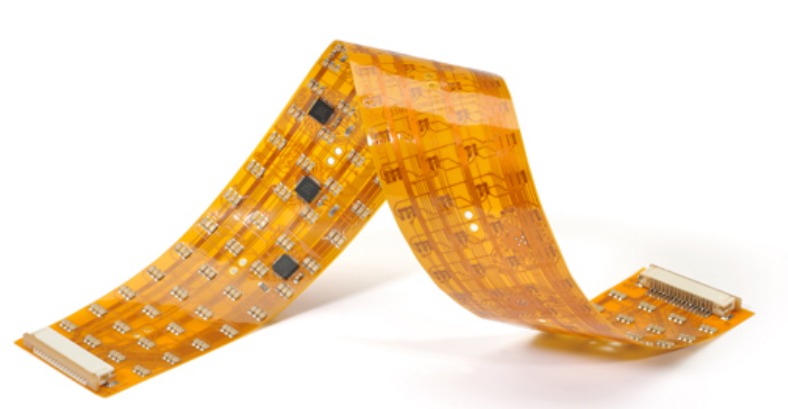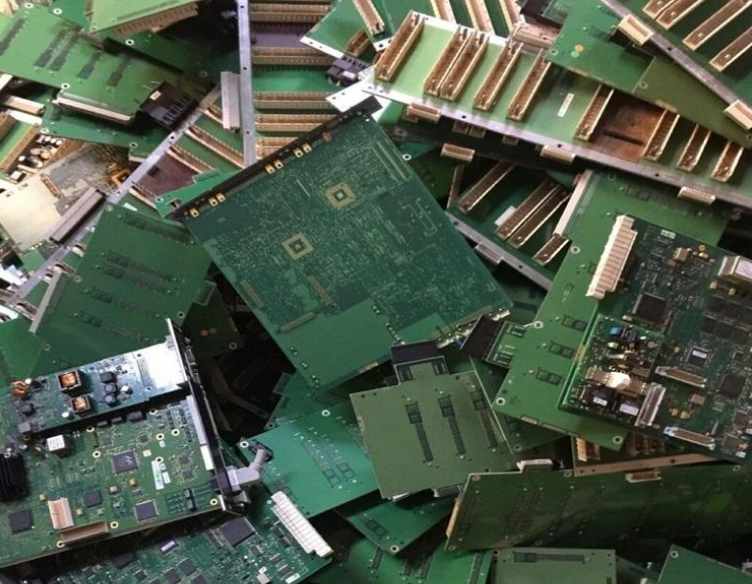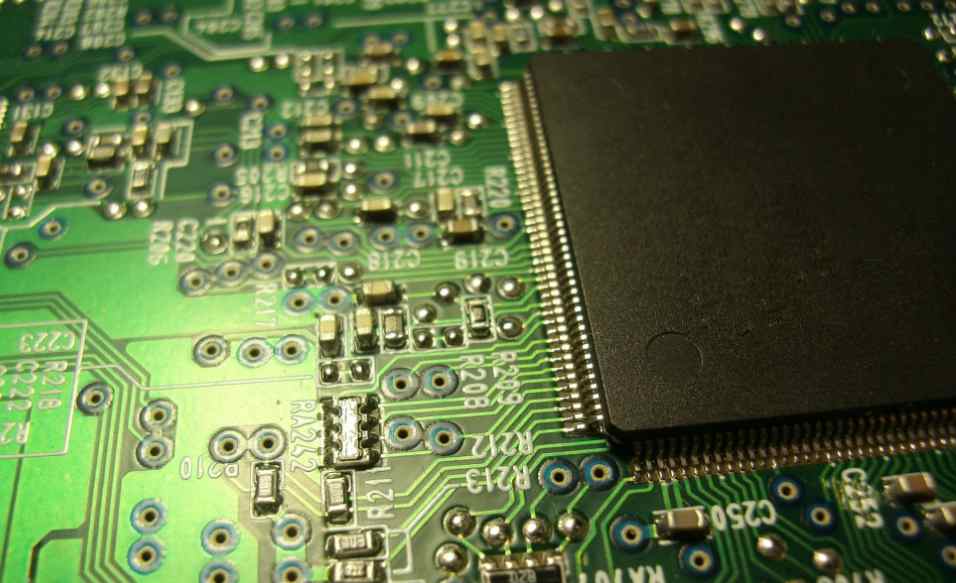
Soft multi-layer PCB as rigid multi-layer PCB, using multi-layer compaction technology, can be made of multi-layer soft PCB. The simplest multilayer soft PCB is a three-layer soft PCB formed by two layers of copper shielding on both sides of a single-sided PCB. This three-layer soft PCB is electrically equivalent to a coaxial wire or a shielded wire. The most commonly used multilayer soft PCB structure is a four-layer structure, with metallized holes to realize interconnect between layers, and the middle layer is generally the power layer and ground layer.
The advantages of multilayer soft PCBS are that the substrate film is light in weight and has excellent electrical characteristics, such as low dielectric constant. The multilayer soft PCB board made of polyimide film as the base material is about 1/3 lighter than the rigid epoxy glass cloth multilayer PCB board, but it loses the excellent flexibility of single-sided and double-sided soft PCB. Most of these products do not require flexibility.

Multilayer soft PCBS can be further divided into the following types:
(1) Multi-layer PCB is formed on flexible insulating substrate
The finished product is specified to be flexible: This structure usually consists of a number of single - or double-sided microstrip flexible PCBS with two ends bonded together, but the central part is not bonded together, thus having a high degree of flexibility. In order to have the desired electrical characteristics, such as characteristic impedance performance, to match the rigid PCBS to which it interconnects, signal wires must be designed on the ground surface for each line layer of a multilayer soft PCB component. For a high degree of flexibility, a thin, suitable coating, such as polyimide, may be used over the wire layer instead of a thick laminated covering. The metallized holes enable the desired interconnection between Z-planes of the flexible line layers. This multilayer soft PCB is best suited for use in designs requiring flexibility, high reliability and high density.
(2) A multi-layer PCB is formed on the soft insulating substrate
The end of the product is required to be flexible: This type of multilayer soft PCB is made of soft insulating material, such as polyimide film, laminated into a multilayer board. It loses its inherent flexibility after laminating. This type of soft PCB is used when the design calls for the maximum use of the insulating properties of the film, such as low dielectric constant, uniform thickness of the medium, light weight and continuous processing. For example, a multilayer PCB made with polyimide film insulation is about one-third lighter than an epoxy glass cloth rigid PCB.
(3) A multilayer PCB is formed on the soft insulating substrate
The finished product must be formable, not continuously flexible: these multilayer soft PCBS are made of soft insulation. Although it is made of a soft material, it is formed by the time the finished product is applied because of electrical design limitations, such as the requirement of a thick conductor for the desired conductor resistance, or the requirement of a thick insulation between the signal layer and the ground layer for the desired impedance or capacitance. The term "formable" is defined as: a multilayer flexible PCB component that has the ability to form a desired shape and cannot be further flexed in application. Application in internal wiring of avionics unit. Low conductor resistance, minimal capacitive coupling or circuit noise, and smooth bending to 90° at the interconnect end are required for ribbon or three-dimensional designs. This wiring task is realized by multilayer soft PCB made of polyimide film material. Because polyimide films are resistant to high temperature, flexible, and have good overall electrical and mechanical properties. In order to realize all interconnection of the section of this component, the wiring part can be further divided into multiple multilayer flexible wiring components, which are joined together with adhesive tape to form a printed circuit bundle.







